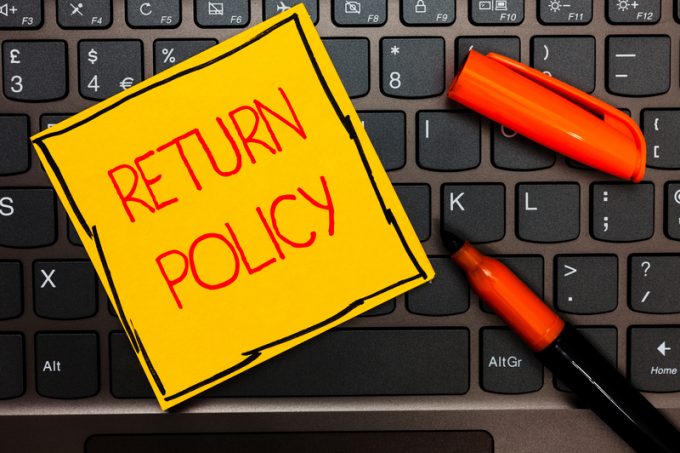The New Robinson – expert at playing the markets
From reactive to proactive
FDX: ABOUT USPS PRIVATISATIONFDX: CCO VIEWFDX: LOWER GUIDANCE FDX: DISRUPTING AIR FREIGHTFDX: FOCUS ON KEY VERTICALFDX: LTL OUTLOOKGXO: NEW LOW LINE: NEW LOW FDX: INDUSTRIAL WOESFDX: HEALTH CHECKFDX: TRADING UPDATEWMT: GREEN WOESFDX: FREIGHT BREAK-UPFDX: WAITING FOR THE SPINHON: BREAK-UP ALLUREDSV: BREACHING SUPPORTVW: BOLT-ON DEALAMZN: TOP PICK
FDX: ABOUT USPS PRIVATISATIONFDX: CCO VIEWFDX: LOWER GUIDANCE FDX: DISRUPTING AIR FREIGHTFDX: FOCUS ON KEY VERTICALFDX: LTL OUTLOOKGXO: NEW LOW LINE: NEW LOW FDX: INDUSTRIAL WOESFDX: HEALTH CHECKFDX: TRADING UPDATEWMT: GREEN WOESFDX: FREIGHT BREAK-UPFDX: WAITING FOR THE SPINHON: BREAK-UP ALLUREDSV: BREACHING SUPPORTVW: BOLT-ON DEALAMZN: TOP PICK

CH Robinson’s Dillon Chauhan writes:
With the holiday shopping season quickly approaching, retailers should be preparing not only for the surge in sales but also the surge in returns. Without careful planning, returns can have a serious impact on your supply chain—including eroding margins, complicated inventory flow, and added stress to your warehouses.
For every $1 billion in sales, the average retailer incurs $145 million in merchandise returns. In terms of holiday sales retailers can expect to see an average of 14.5% of merchandise returned, equating to nearly $743 billion.
The elements of a successful returns management strategy
Companies that improve their returns management strategy can enhance the consumer experience while not disrupting forward supply chain operations, minimizing business impact of returns.
A strategic returns management process focuses on three key elements: convenience, visibility, and control.
Returns convenience
Consumers expect the returns experience to be simple, straightforward, and free. They also expect speed.
One of the easiest ways to improve speed is moving to a more automated workflow. First, make sure you’re collecting meaningful information from your customer about the product being returned, such as condition and reason for return. Using the data, an automated system can quickly determine whether an item coming back to your warehouse is suitable for resale or needs to be scrapped, repaired, or sold in a secondary market…
To read the full post, please click here.
Comment on this article